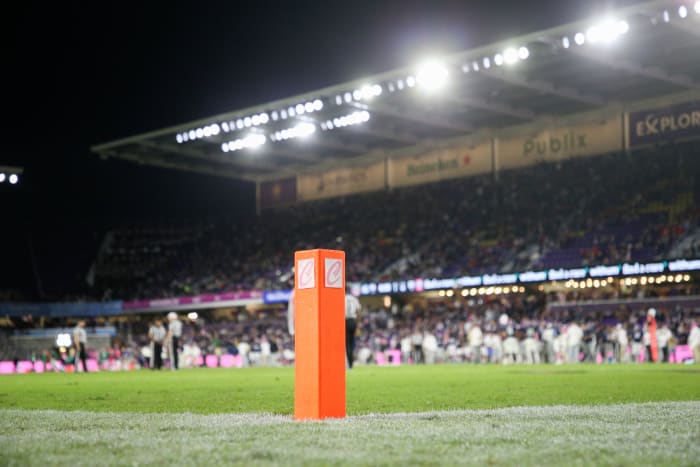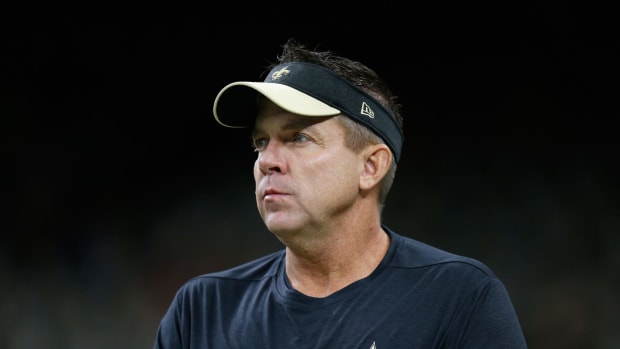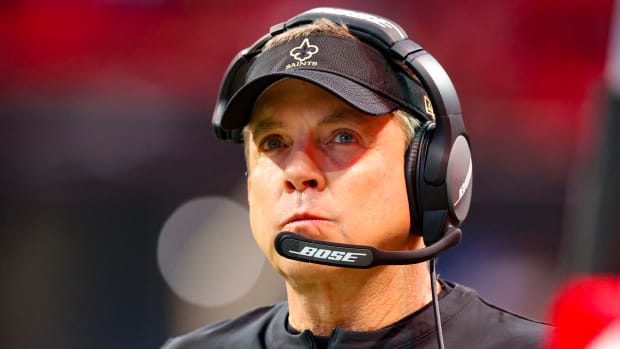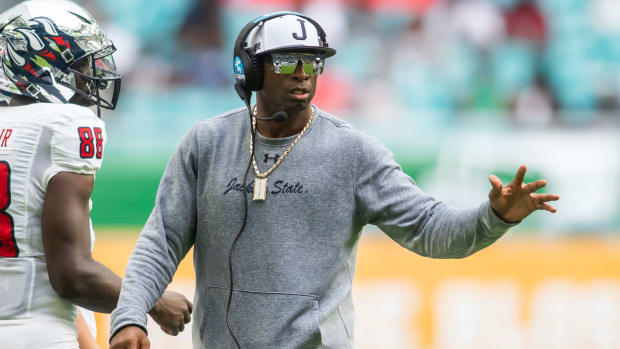NCAA Has Announced Significant Transfer Rule Changes

ORLANDO, FLORIDA - DECEMBER 21: A Cure Bowl Emblem is seen on a pylon during the fourth quarter of the 2019 Cure Bowl between the Liberty Flames and the Georgia Southern Eagles at Exploria Stadium on December 21, 2019 in Orlando, Florida. (Photo by James Gilbert/Getty Images)
The NCAA has announced some major changes for players who are transferring for the second time.
On Wednesday, the Division I Council voted unanimously to update guidelines for the waiver process for second-time transfers.
The Council said that each waiver request will be reviewed on a "case-by-case" basis, but also stated that any athlete seeking the ability to play immediately after a second transfer will have to meet one of the following criteria.
- A demonstrated physical injury or illness or mental health condition that necessitated the student's transfer (supporting documentation, care plans and proximity of the student's support system will be considered), or
- Exigent circumstances that clearly necessitate a student-athlete's immediate departure from the previous school (e.g., physical assault or abuse, sexual assault) unrelated to the student-athlete's athletics participation.
Purely athletics-based motivations such as lack of playing time and "position presence" will not be considered valid reasons to receive a waiver.
The new rules will go into effect in the 2023-24 school year.
With the landscape of college sports constantly changing, this won't be the last time transfer guidelines are tweaked. The transfer portal, NIL and other advancements have changed everything.





